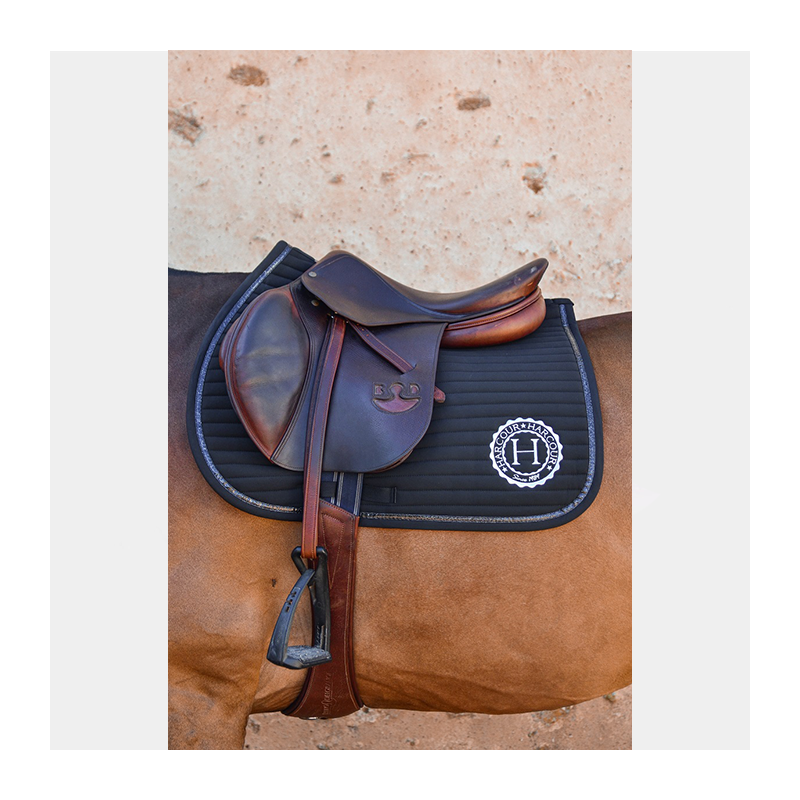
MYLER - Mors à règlage 3 anneaux - Niveau 2-3
![]() Free shipping on orders over €89.
Free shipping on orders over €89.
![]() Payment by card in 3 instalments free of charge from €300.
Payment by card in 3 instalments free of charge from €300.
Description
3-Ring Adjustment Bit - Level 2-3
The MB 41PB is a truly unique Myler mouthpiece. This mouthpiece is a correctional mouthpiece, a ported mouthpiece that folds over the outer lip and bars, and rotates on the tongue. The port has a multi-level design; the base is generously wide with rounded corners, offering almost the same comfort and tongue relief as a level 3 mouthpiece, while the top is narrower and has pronounced corners. If the horse is relaxed, the tongue can comfortably pass under the wide opening. When the reins are engaged, the mouthpiece collapses over the bars and lips and rotates on the tongue. The pronounced corners of the opening apply two pressure points on the tongue for added control. The result is a mouthpiece that offers maximum tongue relief for the horse, but very good control for the rider. The unique design and generous tongue relief of the MB 41PB make it the only bit that can be used for long-term correction, perhaps even as a finishing bit for a horse. The soft iron mouthpiece oxidises and encourages salivation.
- Independent lateral movement
- Soft iron mouthpiece
- Curved embouchure
- Copper inlay
Notes: The MB 41PB when used with western cheeks measures 1 ¼" high. When used with English cheeks and the Combination Bit, it measures ¾" high. For the same tongue relief, see MB 05, for a non-correcting tip with the same tongue relief, see MB 33. For slightly higher tongue pressure, see the MB 43LP. For faster tongue pressure and less tongue relief, see the MB 27PB correctional.
The 6" stainless steel 3-ring combination bit is a hybrid between a ring bit, a tail bit and a hackamore. It uses five different pressure points to disperse the pressure of the reins. Because the noseband and chin strap are connected by the purchase, when the reins are engaged, the horse first feels the pressure of the nose, chin and trunk before feeling the mouthpiece. The mouthpiece may slide an inch before reaching a stop, where it will then engage and apply pressure. The aim is to give the horse the opportunity to respond to the rider's rein signals before applying pressure to the mouthpiece. The combination bit has an independent swivel cheek and the purchase is slightly angled to the cheek to avoid rubbing. The noseband is flat leather with a knotted cord on each side and the chin strap is synthetic to prevent stretching over time.
Action: Indirect
Discipline: English or western
Degree of leverage:The three-ring combination bit offers three different rein positions: the large ring, the middle ring and the lower ring.
Large ring: no leverage
Intermediate ring: Low
Lower ring: Low
Notes: If you ride with your reins attached to the large ring, it will only function as a direct rein bridle and will not apply pressure to the nose, chin or poll like a combination bit.
The Myler bit system was invented by three American brothers, who were looking for a softer and more efficient way to communicate with their horse's mouth. This system is based on the optimal comfort in the horse's mouth, so that the horse remains focused and relaxed. Due to the diversity of the anatomy, aptitudes and characters of the horses as well as the evolution in the work over time, there are about thirty different mouthpieces as well as a large choice of rings adapted to each horse and each rider. Since the horse is not able to speak, it communicates with its rider in two ways: by resisting or by relaxing. The main cause of resistance in the horse's mouth is pressure on the tongue, or on painful areas, caused by a bad mouthpiece. Myler bits are anatomical, some have small reinforcements at the joints to avoid any pinching. These bits have the particularity to move in the mouth in independent ways at the level of the branches, allowing to have a more precise action on each side of the horse
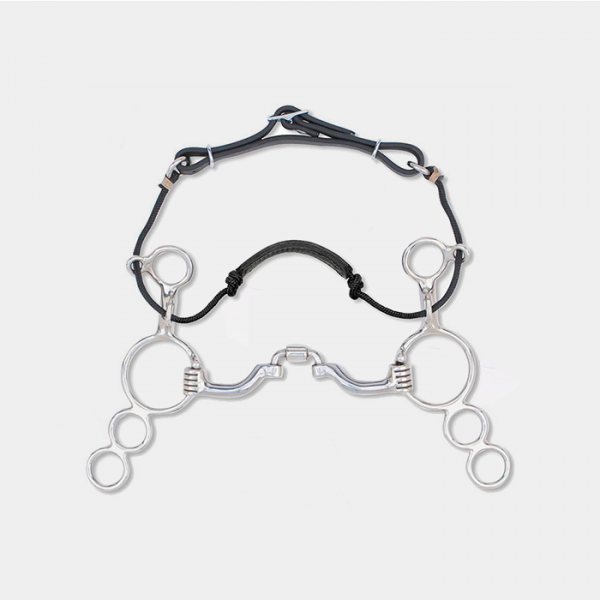




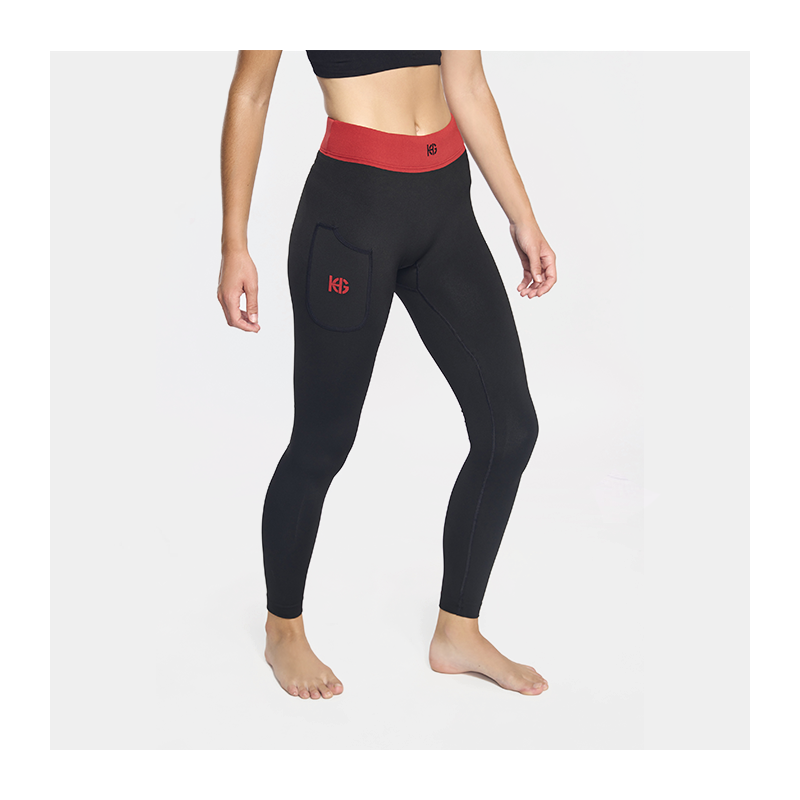
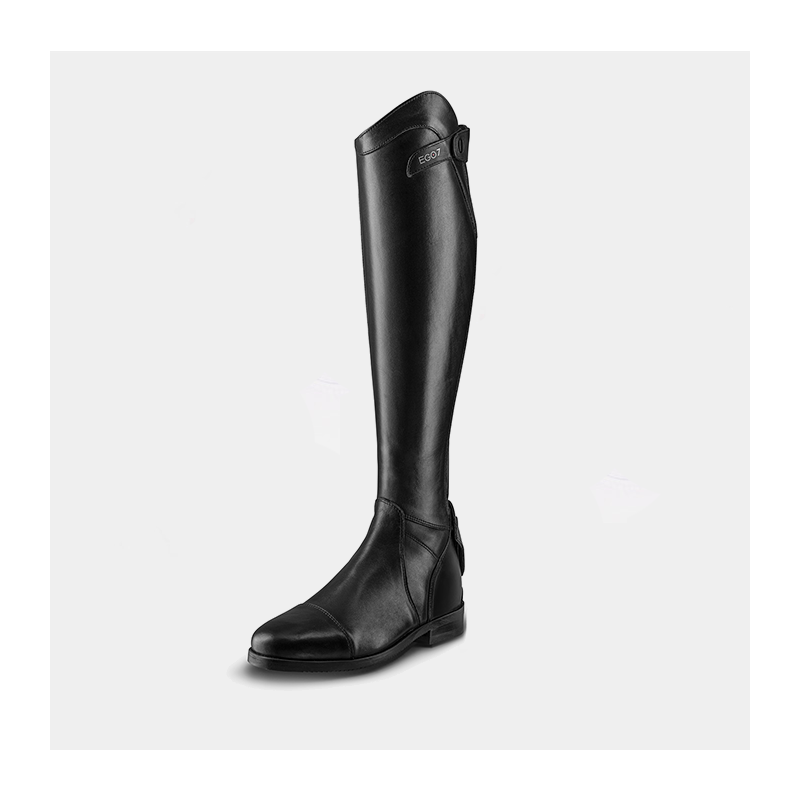
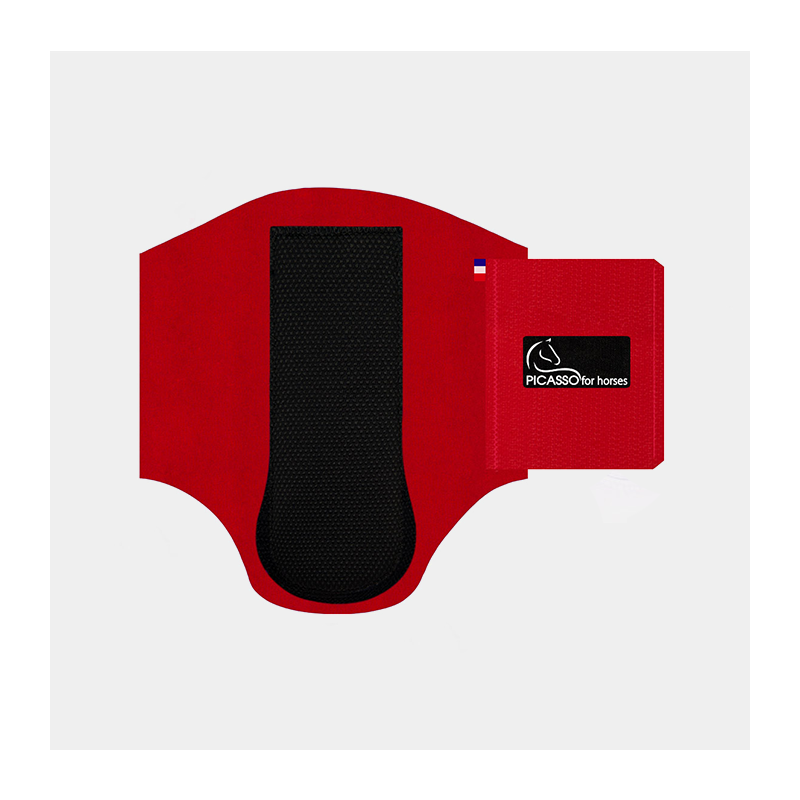
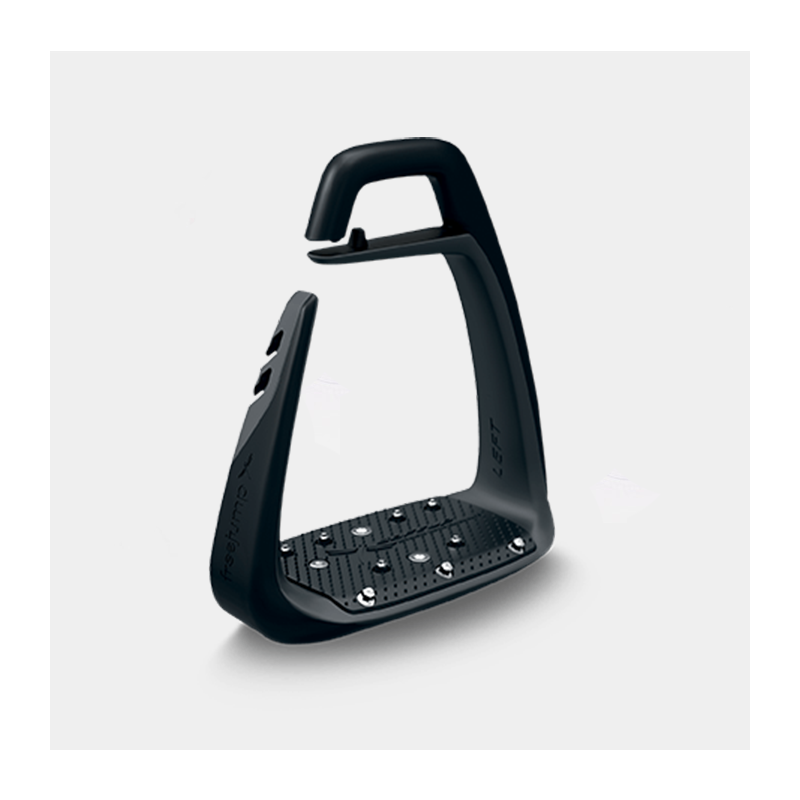
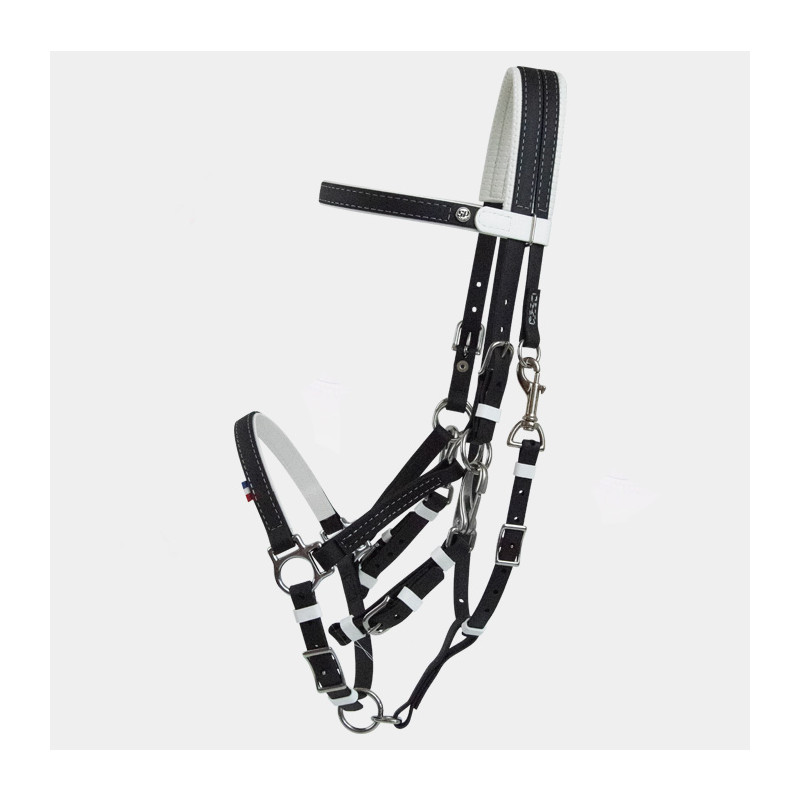
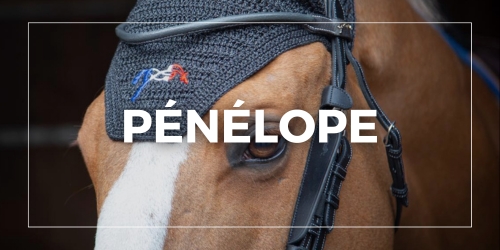

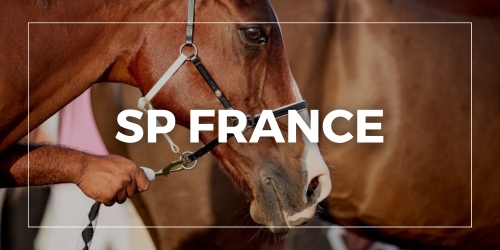
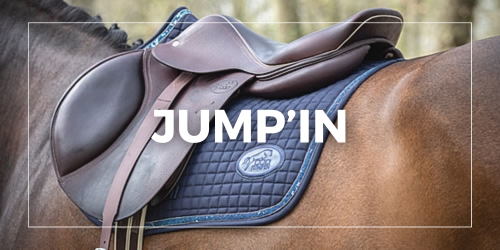
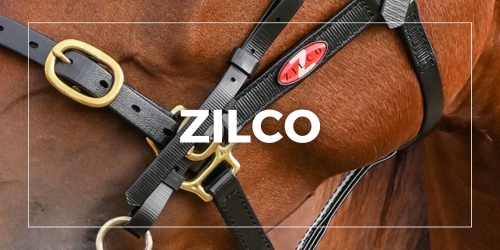
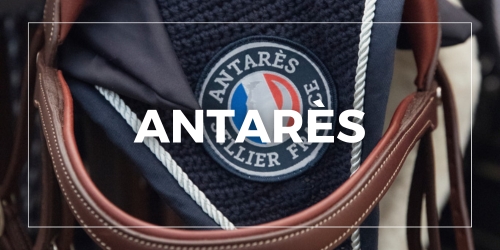

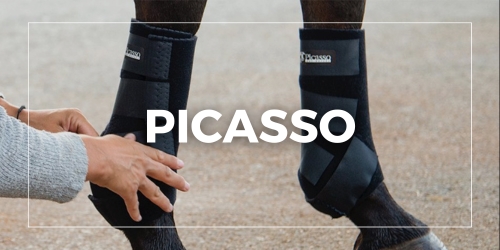
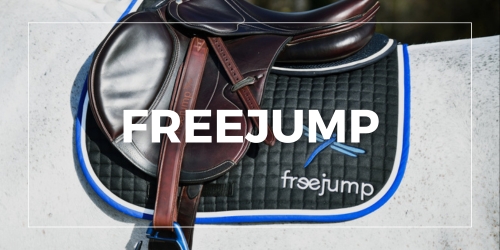
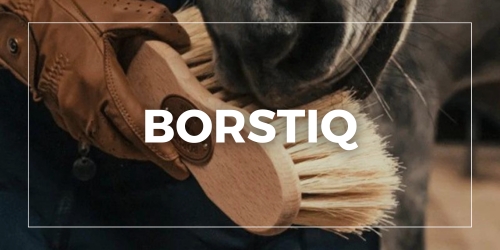
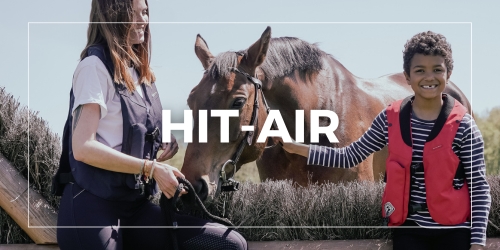
feedback Report comment